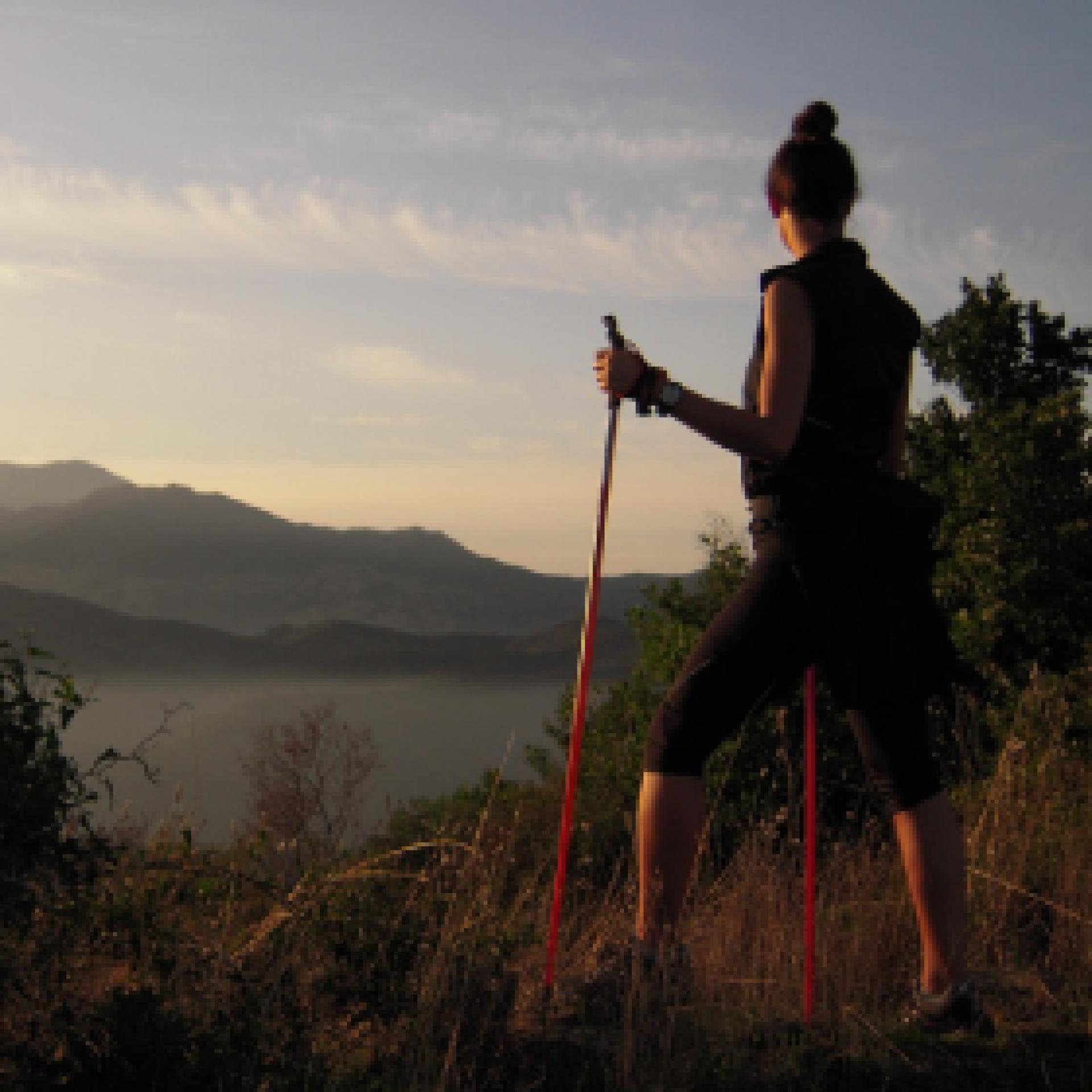Sentiero Italia (Stage Z28) Valico Sette Fratelli - Castiadas
Overview of the itinerary
Sentiero Italia runs the length of the island’s eastern side, covering its most important mountains, in 28 stages. Starting from the north: it flanks the Monte Limbara massif, crosses the limestones of Mont’Albo and Tuttavista, skirting the Gulf of Orosei, it crosses the Supramonte, Gennargentu and the Tacchi of Ogliastra and reaches Perdasdefogu. Further south, it passes through Armungia and the Gerrei sub-region. Lastly, it touches on the villages of Burcei and San Gregorio, continuing on the Sette Fratelli massif to the old prisons of Castiadas.
General information on Sentiero Italia (Grand Italian Trail)
Sentiero Italia, or Grand Italian Trail, as also explained on the official website, is a walking route that crosses the whole of Italy, using mainly but not exclusively “registered trails”.
In particular, in Sardinia, not all the stages of the Sentiero Italia of CAI (Italian Alpine Club) are made of trails already included in the registry of the Sardinia Trail Network (RES), either because they have not yet been tested and approved or simply because they cannot be registered as they do not meet the requirements. However, as a whole, the Sentiero Italia is the single longest walking route currently crossing Sardinia from the north (S. Teresa Gallura, stage Z 1) to the south (Castiadas, end of stage Z 28), touching on the most fascinating mountain areas in central-eastern Sardinia: the plateau of Buddusò, Tepilora, the Cedrino river valley, the ancient forests of Montes, Perda Liana and the regional forest of Montarbu, Monte Genis, and lastly the regional forest of Settefratelli (among the many crossed by the various stages of this long hiking itinerary).
Information on this stage of the trail
Baccu Malu is one of the peaks of the Sette Fratelli (Seven Brothers) massif, an imposing granite range in the south-eastern tip of Sardinia. The last stage in Sardinia of the ‘Sentiero Italia’ (Grand Italian Trail) developed by CAI (Italian Alpine Club) is fairly easy, also because it is mainly downhill through the Monte Arbu forest and then uphill to Bruncu su Adulu, from where you will enjoy a splendid view of the end point.
The route ends near the old farming penal colony of Castiadas, on the coastal plain, established in the 19th century and closed in the 1950s. Today the old prison buildings can be visited with an interesting museum itinerary.
Itinerary roadbook
- Log in to post comments

